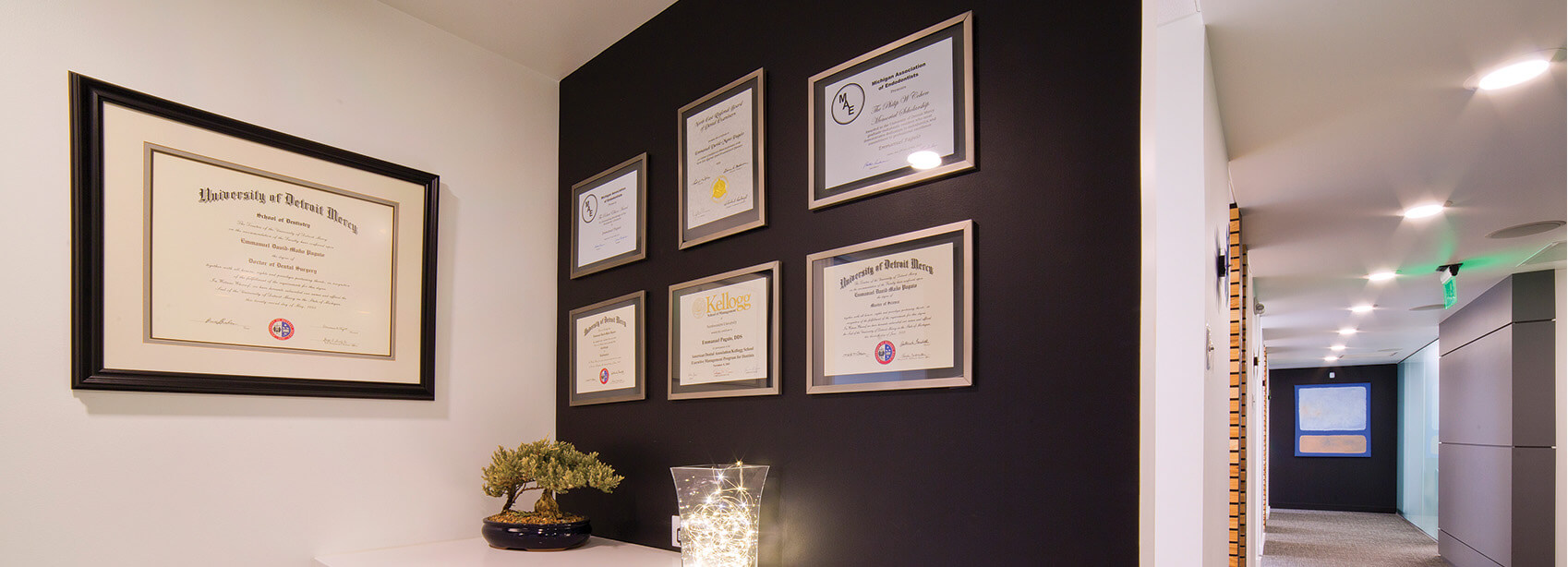Endodontic Retreatment
in Arvada, CO

Root canal treatments typically have a high success rate, but occasionally certain teeth need some extra care. Endodontic retreatments can become necessary when a tooth that has previously undergone root canal therapy requires some additional restorative work to treat symptoms that have arisen and to restore the tooth to a healthy and functional state. Looking to schedule an endodontic retreatment with an experienced endodontist in Arvada, CO? Contact our office today!
Contact Us
Why would I need another endodontic procedure?
Once we assess your smile, we can provide you with a complete diagnosis. Some common reasons why patients need endodontic retreatment include:
- One or more canals in the tooth roots were not identified and treated
- A dental crown was not placed over the tooth in a timely manner
- Saliva was able to access the tooth and introduce harmful bacteria
- The tooth became cracked, broken, or otherwise damaged post-treatment

How will I know if I need retreatment?
It’s not always easy for patients to tell when a dental treatment has been completed successfully and when they need to see their dentist for some modifications or retreatment. In general, if you experience any prolonged tooth or gum pain, or sensitivity, or notice any changes in your tooth or gum color, you’ll want to get in touch with our office so we can assist. Dental abscesses can also occur as a result of tooth infections, so if you notice any unusual bumps on your gums, please contact us right away to schedule a visit with our team.
#WECARE and will help you determine if you need retreatment.

What does the retreatment process involve?
Once your teeth and gums have been thoroughly numbed with a local anesthetic, our endodontist will carefully remove the current dental crown or other restoration to access the tooth underneath. Once the issue has been identified, the inside of the tooth will be cleaned, and the canals that were missed previously will be taken care of. After treating any infected areas, reshaping, and cleaning the canal, the inside of the tooth will be sealed, and a temporary restoration will be placed to protect the tooth.

What should I do after a retreatment procedure?
Once you leave our office, you will want to leave the tooth alone as much as possible. Stick to eating soft foods, chew with the other side of your mouth, and brush and floss around the area very carefully and gently for the next few days. You may also want to take over-the-counter pain medication to relieve any pain or discomfort you may experience. Our team will schedule a follow-up visit with you so we can examine the tooth and ensure that everything looks good, and update your treatment plan.
Contact Us
